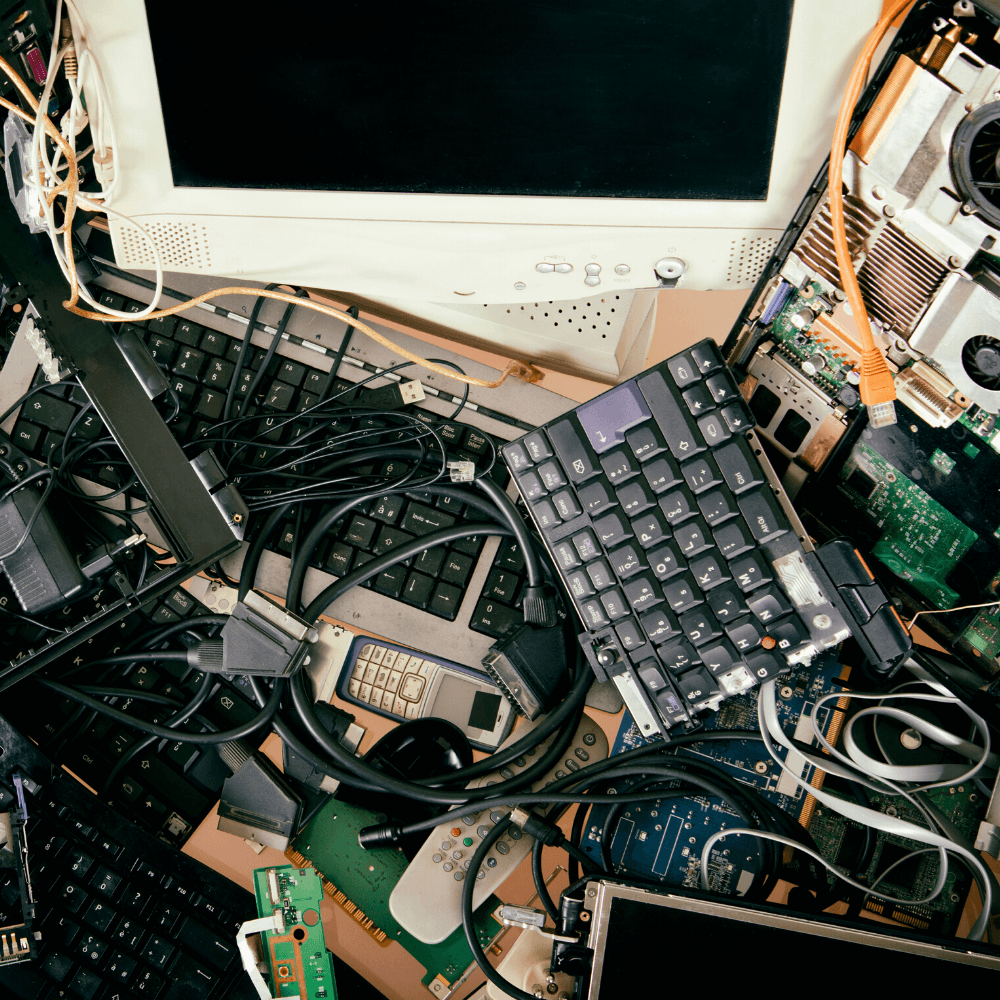How to Fix the Global E-Waste Problem

Every year, about 20 to 50 million tons of e-waste are produced worldwide. While the number is staggering, the fact that this amount has been steadily increasing over time is even more concerning. Instead of being reused, repaired, recycled or resold, this waste is dumped into landfills, causing harm to both consumers and the environment.
What Is E-Waste?
E-waste, which is short for electronic waste, is one unfortunate result of the digital age. Just think about it — electronics such as smartphones, laptops and tablets are constantly being updated. New versions and features are regularly promoted to consumers who want to say up to date on the latest technology. Billions of new phones alone are purchased every single year.
What happens to all the old electronics? Most of the time, out-of-date electronic models — many of which are still fully functional — get discarded. And that’s how we get the unmanaged and hazardous e-waste problem facing the world today.
Why It’s an Important Problem to Solve
The hazards of e-waste extend from consumers to the environment as a whole. When electronics liter landfills, they don’t decompose. Instead, they leach toxins ranging from lead to mercury into the surrounding soil and water. Anyone exposed to these materials is at risk for serious health effects ranging from miscarriages to cancer. The polluted soil and water can also harm those who consume it as well as the greater ecosystem.
In some areas, electronics are burned at the end of their lifetime. This process is not a safe or sustainable solution. When electronics are burned, harmful substances are produced, which creates more health issues.
The Global E-Waste Problem
Because e-waste is a global issue that is not showing any signs of stabilizing or slowing down, it’s an important problem to solve for the safety of both individuals and the environment. Fortunately, consumers, producers and governments can work together in a number of ways to mitigate the situation. Ideas include:
- Keeping electronics longer and not buying new ones just to have the latest model
- Fixing electronics when they are broken instead of replacing them
- Creating repair and refurbish businesses and training individuals in this industry
- Finding new uses for electronics
- Donating old electronics
- Offering returns or buy-back systems
- Providing companies with a tax break when they reuse or process old electronics
One solution for your business to consider is available with Global Electronic Services. We can offer your company a recycling solution that melts down the components. We work with businesses to limit their industrial waste and help stop landfill overuse, protecting consumers and the planet in the process.
Subscribe to Our Blog Today for the Latest in Industrial and Electronics News
While e-waste may be a global issue, it’s one that can be managed if consumers, producers, the government and various countries work together to come up with sustainable solutions.
For more industrial electronics advice and insights, check out our blog and subscribe to make sure you never miss an update!